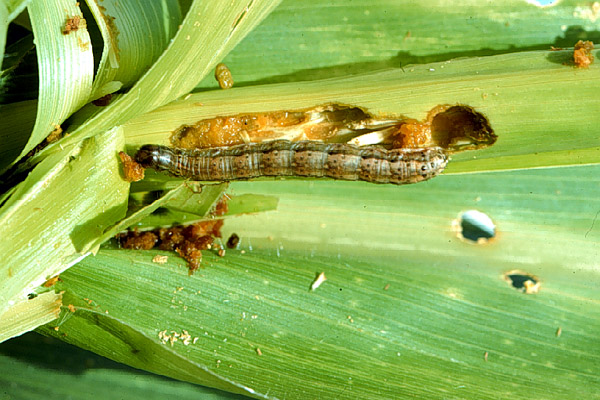
Treatment in established grass crops is suggested when 4 larvae per sq ft are observed. Also look for frass (excrement) that resembles tiny grass pellets. Dig around in the thatch, grass residue, and at the base of plants. Scouting and thresholds Look for armyworm larvae in and around crowns, where birds (swallows, crows) are feeding. Large numbers of larvae feed so voraciously that mass migrations of larvae within and away from fields occur as regrowth fails.


Larvae feed on fall regrowth.Įxtensive but localized damage may result if the population is not treated. Late-summer flights of moths lay eggs in established grass seed fields after harvest. In western Oregon, the true armyworm infrequently infests grasses in the fall, usually tall fescue and orchardgrass. In eastern Oregon, army cutworm occasionally damages grasses grown for seed, pastures and cereals look for larvae in fall or late winter if damage is seen. Pupae are brownish-red and found in the top soil layer, commonly near the crowns of host plants. Larvae have an inverted white Y on the front of the head. A prominent black stripe is along each side bordered below by an orange-brown stripe. These are bordered below by a white stripe on each side. Mature larvae are about 1.5 to 2 inches long, tan to brown, with a faint white or red midline stripe on the top of the body.

Pest description and crop damage Moths in the family Noctuiidae have gray or brown forewings with slate or buff-color markings. True (common) armyworm ( Mythimna unipuncta formerly Pseudoletia unipuncta)


 0 kommentar(er)
0 kommentar(er)
